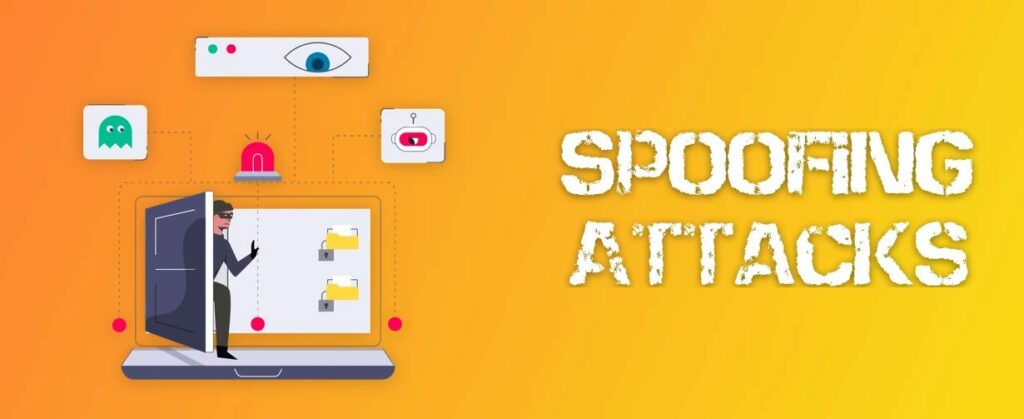
What Does This Mean For My SMB?
SMBs are most certainly are at risk to everyday hackers. Hackers breach Small to Medium Sized businesses 15x more often than larger firms. Hackers know this and target you because of it. SMB’s generally lack resources to properly secure systems, fail to train employees on cybersecurity hygiene, and sometimes lack proper security tools.
For these reasons, CyberHoot recommends all SMB’s take these actions:
Train employees on how to spot and delete phishing emails. Here’s a free video to help with this: How to Protect Yourself from Phishing Attacks.
- Train employees on how to use strong passphrases instead of passwords.
- Test employees with Phishing tests. CyberHoot includes this in our services.
- Implement basic cybersecurity technical best practices including:
- regular offline data backups with versioning
- use multi-factor authentication on all critical accounts
- purchase and train employees to use a Password Manager
- Update/patch all devices and software whenever possible to ensure vulnerabilities are fixed.
- Establish risk management at your SMB by having a risk assessment performed at least once on your business.
Taking these proactive measures can reduce your risk of a costly breach, downtime, brand damage, and a cyber insurance claim (or all four).
Related Terms: Social Engineering, Phishing
Source: CNSSI 4009
